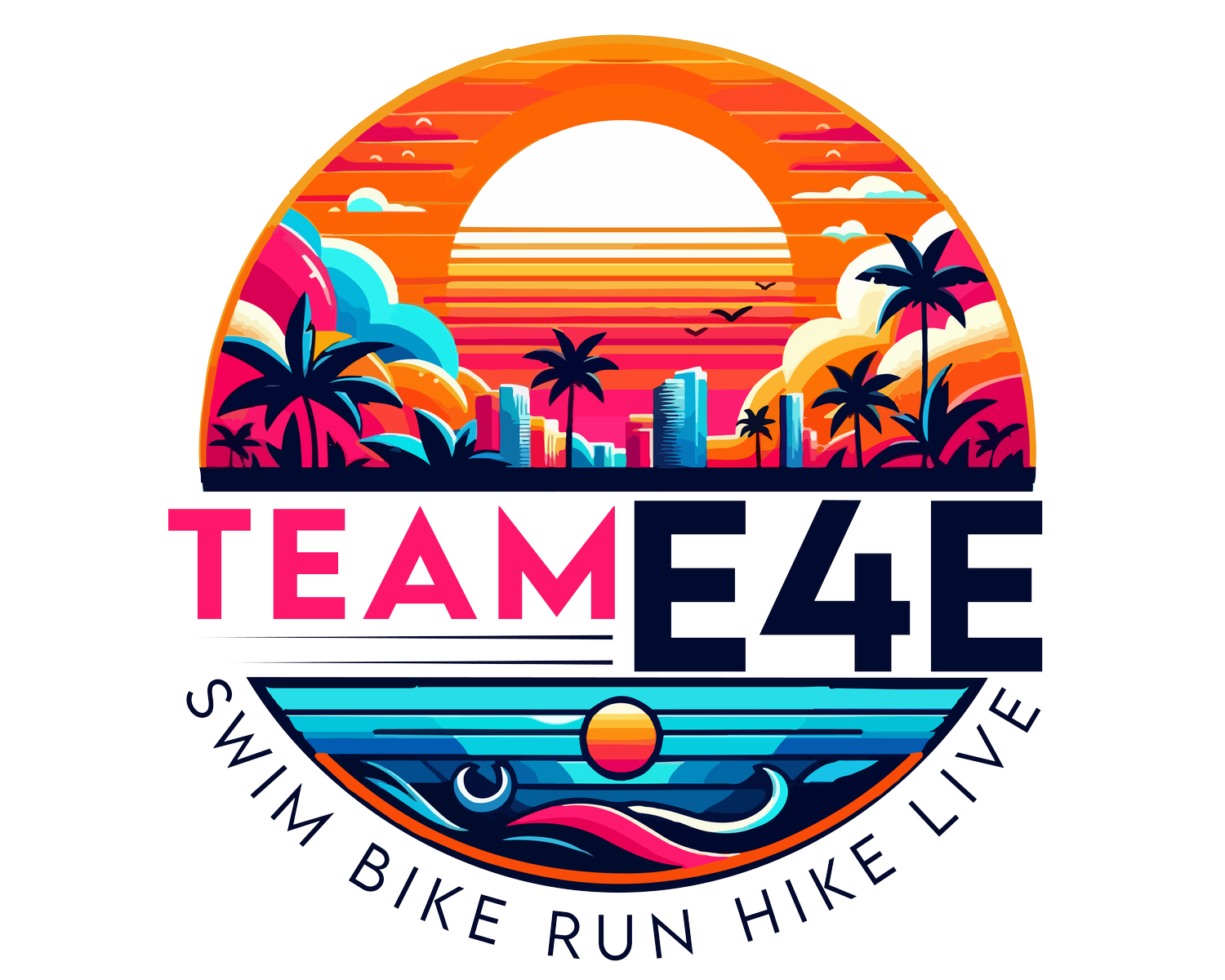Maximizing Athletic Performance: Mastering Training Load Metrics ATL, CTL, TSB, TSS, and IF
Understanding the intricate dynamics of performance metrics in training, particularly for endurance athletes, is crucial for optimizing performance, preventing injury, and ensuring long-term progress. This article delves into the core concepts of Acute Training Load (ATL), Chronic Training Load (CTL), Training Stress Balance (TSB), Training Stress Score (TSS), and Intensity Factor (IF). These metrics are intertwined, providing a comprehensive framework for athletes and coaches to gauge training load, monitor progress, and adjust training plans effectively.
Acute Training Load (ATL) - Understanding Fatigue
Acute Training Load (ATL), often called "Fatigue," quantifies the training load an athlete has been exposed to over a short period, typically 7 days. ATL is crucial for understanding how recent training sessions contribute to athlete fatigue. It's calculated using a rolling average of daily TSS values, providing a dynamic representation of an athlete's fatigue. The principle behind ATL is that recent training sessions have a more significant impact on an athlete's fatigue level than older sessions.
Chronic Training Load (CTL) - Building Fitness
Chronic Training Load (CTL) or "Fitness" measures the training load an athlete has been exposed to over a more extended period, usually 42 days or six weeks. CTL is indicative of an athlete's endurance capacity and overall fitness level. It's calculated similarly to ATL but over a longer timeframe, making it a lagging indicator of fitness. The accumulation of CTL is a gradual process, reflecting the body's adaptation to consistent training over time.
Training Stress Balance (TSB) - The Key to Form
Training Stress Balance (TSB), or "Form," is a metric that represents the balance between fitness (CTL) and fatigue (ATL). TSB is calculated by subtracting ATL from CTL. A positive TSB indicates that an athlete is well-rested and likely to perform well. In contrast, a negative TSB suggests fatigue, indicating that an athlete may need rest or a reduction in training intensity. TSB is a critical indicator for planning tapering before races or key events to ensure peak performance.
Training Stress Score (TSS) - Quantifying Training Load
Training Stress Score (TSS) provides a numerical value to quantify the workload of a training session, taking into account the duration and intensity relative to the athlete's fitness level. One hour of maximum, sustainable effort equates to 100 TSS points. TSS allows athletes and coaches to compare the stress of different types of workouts (e.g., a long, low-intensity ride vs. a short, high-intensity session) on a like-for-like basis, making it an invaluable tool for managing training load.
Intensity Factor (IF) - Gauging Workout Intensity
Intensity Factor (IF) measures the intensity of a workout relative to an athlete's threshold power or pace, which is the maximum effort an athlete can sustain for approximately one hour. IF is calculated by dividing a workout's normalized power (or pace) by the athlete's threshold power (or pace). An IF of 1.0 indicates an effort at the threshold level, while values below 1.0 suggest lower-intensity efforts and values above 1.0 indicate higher-intensity efforts.
How They Relate to Each Other
These interconnected metrics provide a 360-degree view of an athlete's training status. CTL and ATL are foundational, representing the cumulative effect of training over time. TSS feeds into CTL and ATL calculations, acting as the building blocks by quantifying the load of each session. IF gives context to TSS values, indicating the intensity of the effort required to achieve them. TSB, in turn, balances these metrics, offering insight into the athlete's readiness and form by considering both short-term fatigue and long-term fitness.
Levels to Aspire To
Ideal levels for CTL, ATL, and TSB vary significantly between athletes, depending on factors such as discipline, training history, and individual capacity for workload. Generally, a gradual increase in CTL is desirable, reflecting increasing fitness levels. ATL should be monitored to prevent excessive fatigue, which could lead to overtraining. A positive TSB is often targeted during a critical event, suggesting an optimal balance between fitness and fatigue.
Tracking in Your Training Plan
Incorporating these metrics into a training plan involves regular monitoring and analysis, ideally with a coach's support or specialized software (athletes and coaches generally use Training Peaks). Athletes should aim for a progressive increase in CTL while managing ATL to prevent excessive fatigue. Regular use of TSS and IF ensures workouts are aligned with training goals, and monitoring TSB helps in tapering effectively for peak performances.
Conclusion
The interplay between ATL, CTL, TSB, TSS, and IF offers a comprehensive framework for managing training loads, optimizing performance, and preventing overtraining. Understanding and applying these concepts allows athletes and coaches to make informed decisions, tailor training plans to individual needs, and achieve peak performance. By carefully tracking these metrics, athletes can navigate the fine balance between training hard and recovering well, ensuring long-term success and health in their sporting endeavors.
References
Coggan, A. R., & Allen, H. (2010). Training and Racing with a Power Meter. VeloPress.
Friel, J. (2009). The Cyclist's Training Bible. VeloPress.
McGregor, S., & Fitzgerald, M. (2019). 80/20 Running: Run Stronger and Race Faster By Training Slower. New World Library.
Seiler, S. (2010). "What is Best Practice for Training Intensity and Duration Distribution in Endurance Athletes?" International Journal of Sports Physiology and Performance, 5(3), 276-291.
This metrics framework offers a nuanced approach to training, emphasizing the importance of balance and individualization. By understanding and applying these principles, athletes can enhance their performance, avoid overtraining, and achieve their sporting goals.
